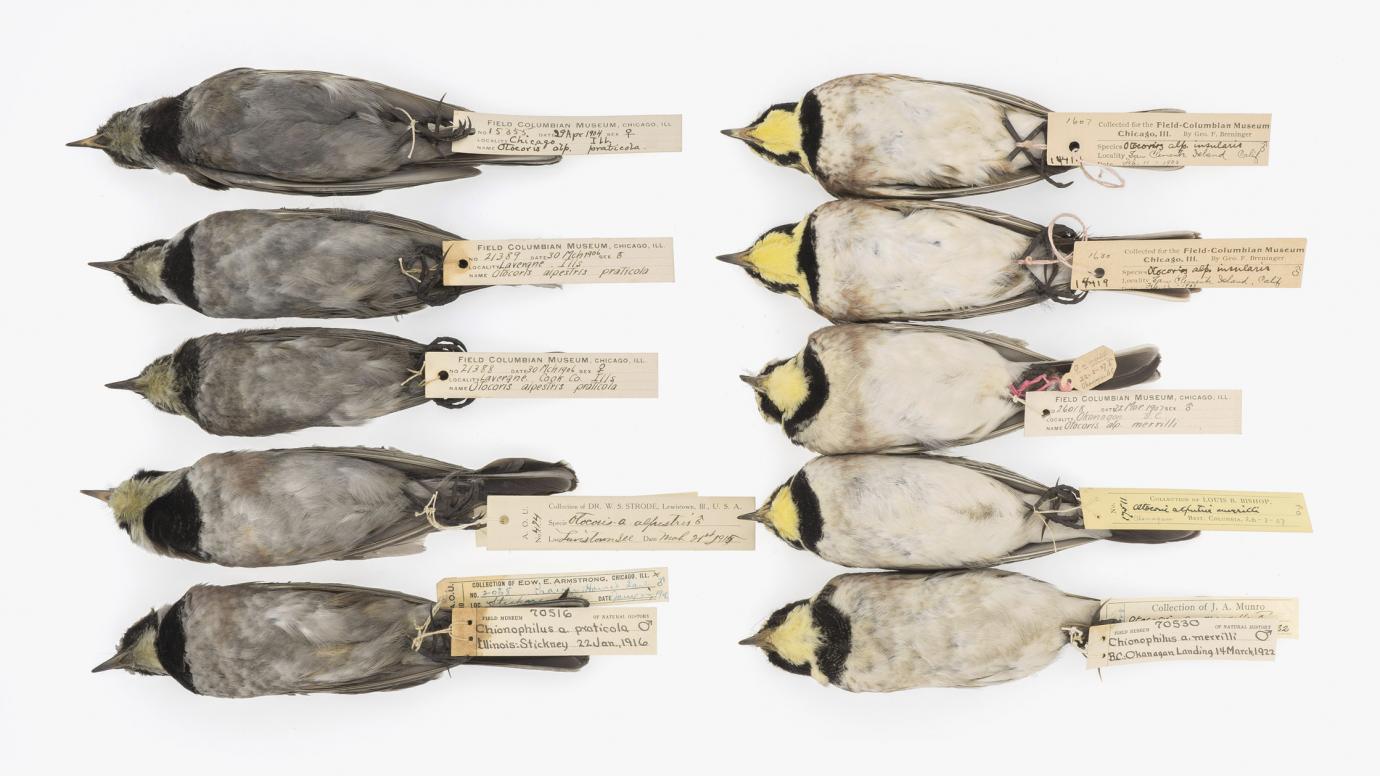Birds are more than just our feathery friends – they actually play various critical roles in combating air pollution! Several research studies have been conducted to investigate the viability of utilizing bird feathers to track environmental pollution levels and past records. The success of these studies and experiments represents a breakthrough in nature-based solutions, which aim to protect and manage environmental issues in a sustainable manner.
Conventional methods to monitor air pollution, including the use of sensors, have been exhausted by almost every country in the world. Their limitations in addressing the rising pollution levels have pushed scientists to source for alternative approaches that are innovative and sustainable. One promising solution would be using various species or birds as bioindicators of air quality index.
Black carbon is increasingly recognized as a major contributor to pollution and climate change, which warrants the need to look into historical emissions in order to understand its effects on the atmosphere and accurately model future climate scenarios. This was what prompted researchers from the University of Chicago to analyze black carbon deposition on bird specimens over 135 years. The rationale was that birds accumulate black carbon and other particulate matter on their feathers from the surrounding environment (Fig 1). Hence, the darkness of their feathers could indicate the presence of soot in the particular environment they were in. The soot tends to cling to the birds’ feathers as they fly through the air, acting as moving filters.

Fig 1: Horned Larks collected in Illinois between 1904 and 1916 (left) and California and British Columbia between 1903 and 1922 (right) show the effects that coal soot had on bird feathers (Source: Carl Fuldner and Shane DuBay)
Their findings enabled them to trace the use of coal over time in the US Manufacturing Belt, which surged particularly during the period of Word War II. The birds from the 1950s and 1960s were relatively cleaner as federal governments started addressing pollution via the introduction of policies such as the Air Pollution Control Act of 1955.
Besides tracing historical records of particulate emissions on a temporal scale, birds can also be used to monitor present air quality levels. The distribution of bird habitats and movements can be mapped spatially, allowing researchers to capture air pollution data. Dimitrov et al (2019) posited that the distribution of bird species in urban areas can be used to estimate the levels of PM10 and NO2 in the air. A similar article was published in Environmental Health Perspectives whereby wild city pigeons were utilized to determine heavy metal pollution in four different outdoor areas in the Netherlands. The study found that birds from the dense traffic region of Amsterdam had the highest lead and cadmium concentrations in their blood, kidney, liver and lungs.
The movement of birds is particularly effective in providing a snapshot of the present atmospheric conditions, as birds are highly sensitive to environmental change. For instance, swallows forage over small distances, rarely more than 500 meters from their nests. As such, they can be employed to monitor localized sources of contamination.
Plume Labs collaborated with DigitasLBi to invent tiny backpacks that are fitted to the birds using small fabric vests (Fig 2) with the goal of monitoring air pollution in London.

Fig 2: Tiny vests warn by a small flock of pigeons (Source: DigitasLBi)
The sensors inside are able to measure nitrogen dioxide and ozone levels throughout the birds’ journey, and the data collected will be fed back to the headquarters. Such an innovative and creative method enables humans to obtain real-time updates on air quality levels and the presence of airborne contaminants over different locations. Watch this Youtube video on the Pigeon Air Patrol squad!
Therefore, birds have proven to be a sustainable and effective way of obtaining valuable atmospheric data, and such ideas should be expanded upon in future research. The information collated will affect humans’ decisions on the appropriate course of action or activities to be carried out depending on the air quality index at that point in time. It is necessary to continue studying the correlation between bird populations and behaviour and air pollution levels to develop long term strategies to combat this environmental problem.
Bibliography
Bond, T. C., Doherty, S. J., Fahey, D. W., Forster, P. M., Berntsen, T., DeAngelo, B. J., . . . Bellouin, N. (2013). Bounding the role of black carbon in the climate system: A scientific assessment. JGR Atmospheres, 118(11): 5380-5552.
Dimitrov, D., Tsioga, H., Tsiontsis, A. (2019). Using bird species distribution models to assess air pollution levels in urban areas. Ecological Indicators, 104: 352-361.
DuBaya, S. G., & Fuldner, C. C. (2017). Bird specimens track 135 years of atmospheric black carbon and environmental policy. PNAS, 114(43): 11321–11326.
Lovett, R. A. (2012). How birds are used to monitor pollution. Nature.
Schilderman, P. A., Hoogewerff, J. A., Schooten, F.-J. v., Maas, L. M., Moonen, E. J., Os, B. J., . . . Kleinjans, J. C. (1997). Possible Relevance of Pigeons as an Indicator Species for Monitoring Air Pollution. Environmental Health Perspectives, 105(3): 322-330.
Summers, N. (2016, March 16). Pigeons track air pollution in London with tiny backpacks. Retrieved from engadget: https://www.engadget.com/2016-03-16-pigeons-air-pollution-backpacks-london.html

Leave a Reply